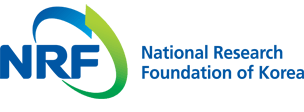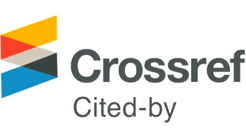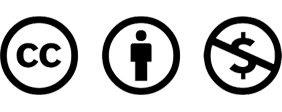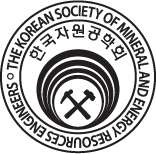Research Paper
- Amarante, M.M., Sousa, A.B. and Leite, M.M., 1999, “Processing a Spodumene ore to obtain lithium concentrates for addition to glass and ceramic bodies,” Minerals Engineering, Vol. 12, No. 4, pp. 433-436.
- Bale, M.D. and May, A.V., 1989, “Processing of ores to produce tantalum and lithium,” Minerals Engineering, Vol. 2, No. 3, pp. 299-320.
- Brandt, F. and Haus, R., 2010, “New concepts for lithium minerals processing,” Minerals Engineering, Vol. 23, pp. 659-661.
- Choi, J.H., Kim, W.T., Chae, W.R., Kim, S.B. and Kim, H.J., 2012, “Electrostatically Controlled Enrichment of Lepidolite via Flotation,” Materials Transaction, Vol. 53, No. 12, pp. 2191-2194.
- Chon, U., Han, G.C., Kim, K.Y. and Kim, K.H., 2010, “Current Status of Lithium Resources,” J. of Korean Inst. of Resources Recycling, Vol. 19, No. 3, pp. 3-8.
- Ebensperger, A., Maxwell, P. and Moscoso, C., 2005, “The lithium industry: Its recent evolution and future prospects,” Resources Policy, Vol. 30, pp. 218-231.
- Jeon, H.S., Park, C.H., Han, O.H., Kim, B.G. and Kim, J.H., 2011, “Froth Flotation of Molybdenum Ore by Multistage Grinding Process,” J. of The Korean Society of Mineral and Energy Resources Engineering, Vol. 48, No. 1, pp. 25-33.
- Kesler, S.E., Gruber, P.W., Medina, P.A., Keoleian, G.A., Everson, M.P. and Wallington, T.J., 2012, “Global lithium resources: Relative importance of pegmatite, brine and other deposits,” Ore Geology Reviews, Vol. 48, pp. 55-69.
- Lee, K.H., Jeon, H.S., Baek, S.H. and Kim, S.G., 2012, “Development of Flotation System for Utilization of Low Grade Lithium Ore,” J. of the Mineralogical Society of Korea, Vol. 25, No. 0, pp. 1-10.
- RRUFF, 2013.12.09, http://rruff.info.
- Wang, Y.H. and Yu, F.S., 2007, “Effects of Metallic Ions on the Flotation of Spodumene and Beryl,” J. of China University of Mining & Technology, Vol. 17, No. 1, pp. 35-39.
- Wills, B.A. and Napier-Munn, T.J., 2006, WILLS` Mineral Processing Technology, 7th Ed., Oxford: Butterworth- Heinemann, p. 18, 226.
- Publisher :The Korean Society of Mineral and Energy Resources Engineers
- Publisher(Ko) :한국자원공학회
- Journal Title :Journal of the Korean Society of Mineral and Energy Resources Engineers
- Journal Title(Ko) :한국자원공학회지
- Volume : 51
- No :3
- Pages :377-384
- DOI :https://doi.org/10.12972/ksmer.2014.51.3.377



 Journal of the Korean Society of Mineral and Energy Resources Engineers
Journal of the Korean Society of Mineral and Energy Resources Engineers








